How AI Is Changing the Way Designers Work
AI isn’t just another buzzword anymore - it’s become part of the everyday toolkit for many designers. From generating quick drafts to helping with color palettes, layouts, and even whole design concepts, it’s shifting how creative work gets done.
Some people find that exciting, others feel a bit uneasy, but there’s no denying that the field looks different now than it did even a couple of years ago.
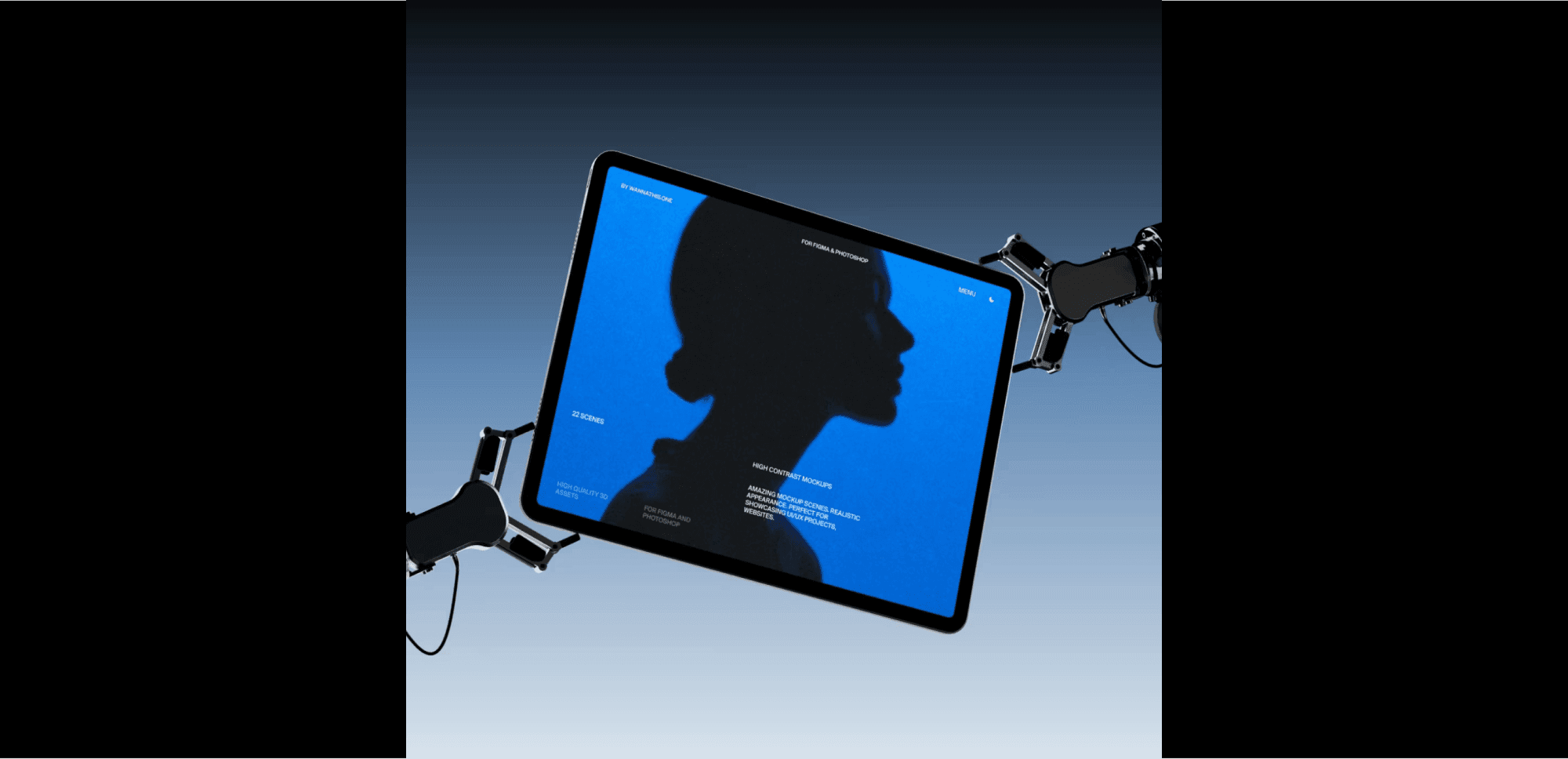
1. Speed without losing personality
The first big shift is speed. AI can throw out dozens of options in minutes, and that’s both a blessing and a challenge. More choices mean more decisions. And the real skill of a designer is knowing what to keep and what to leave behind.
That’s where personality matters. Speed is useful, but without your sense of style and direction, it can all start to feel a bit mechanical. The challenge is not just to pick quickly, but to pick in a way that keeps the design true to a clear idea.
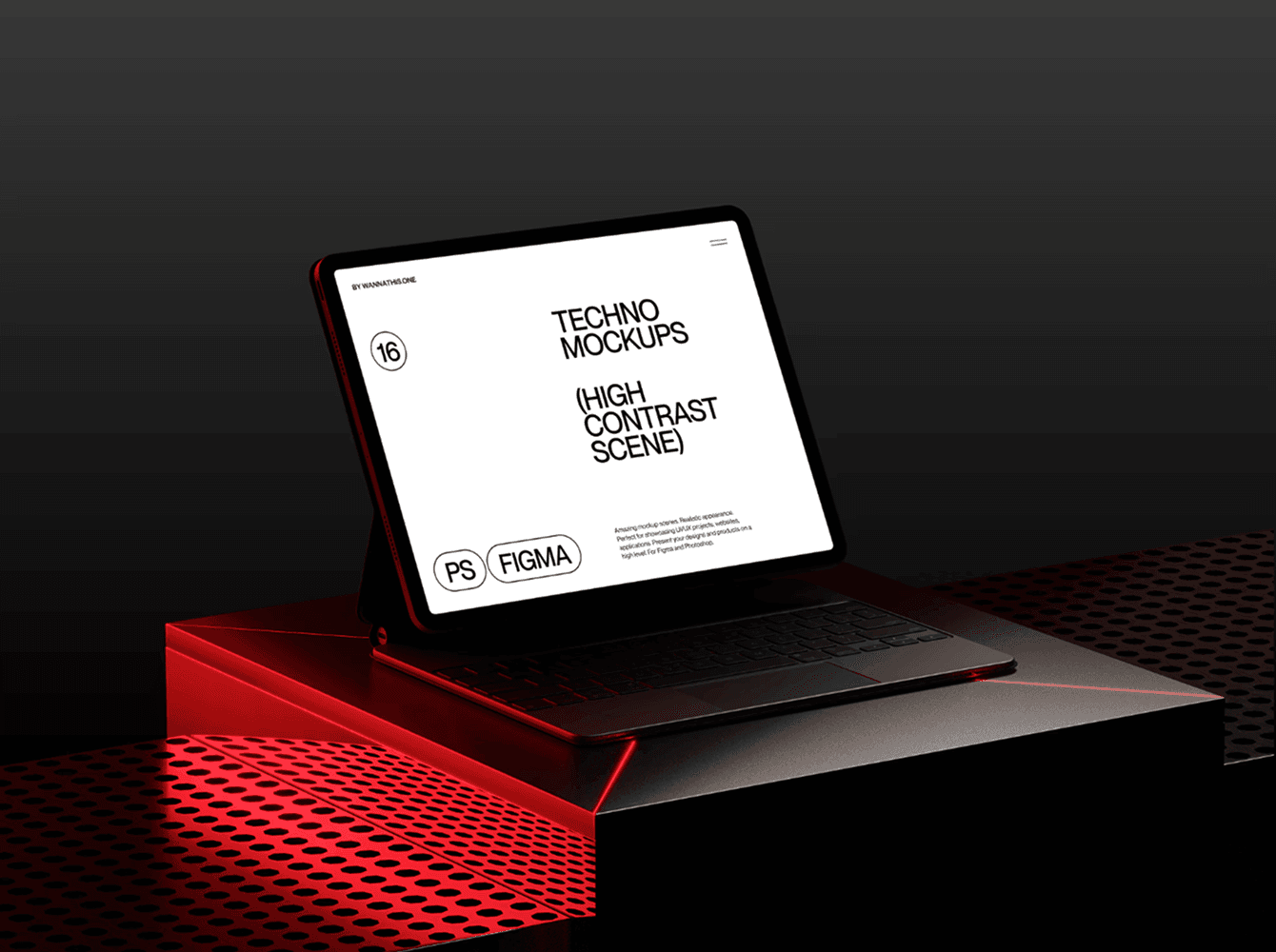
Tablet Mockup with Keyboard on Tech Grid Surface
2. Human taste still matters
AI can remix, suggest, even surprise you, but it doesn’t know when a color palette feels too loud, or when a layout gives the wrong vibe. Those calls come from experience, not algorithms.
This is exactly where the human side of design counts the most. Your eye is what makes the difference - picking the version that really works, shaping it so it carries the right mood. In a world full of auto-generated stuff, that human touch is what makes a design stand out and feel real.
Think of AI as an assistant: it can speed things up, but the taste and storytelling still come from you.
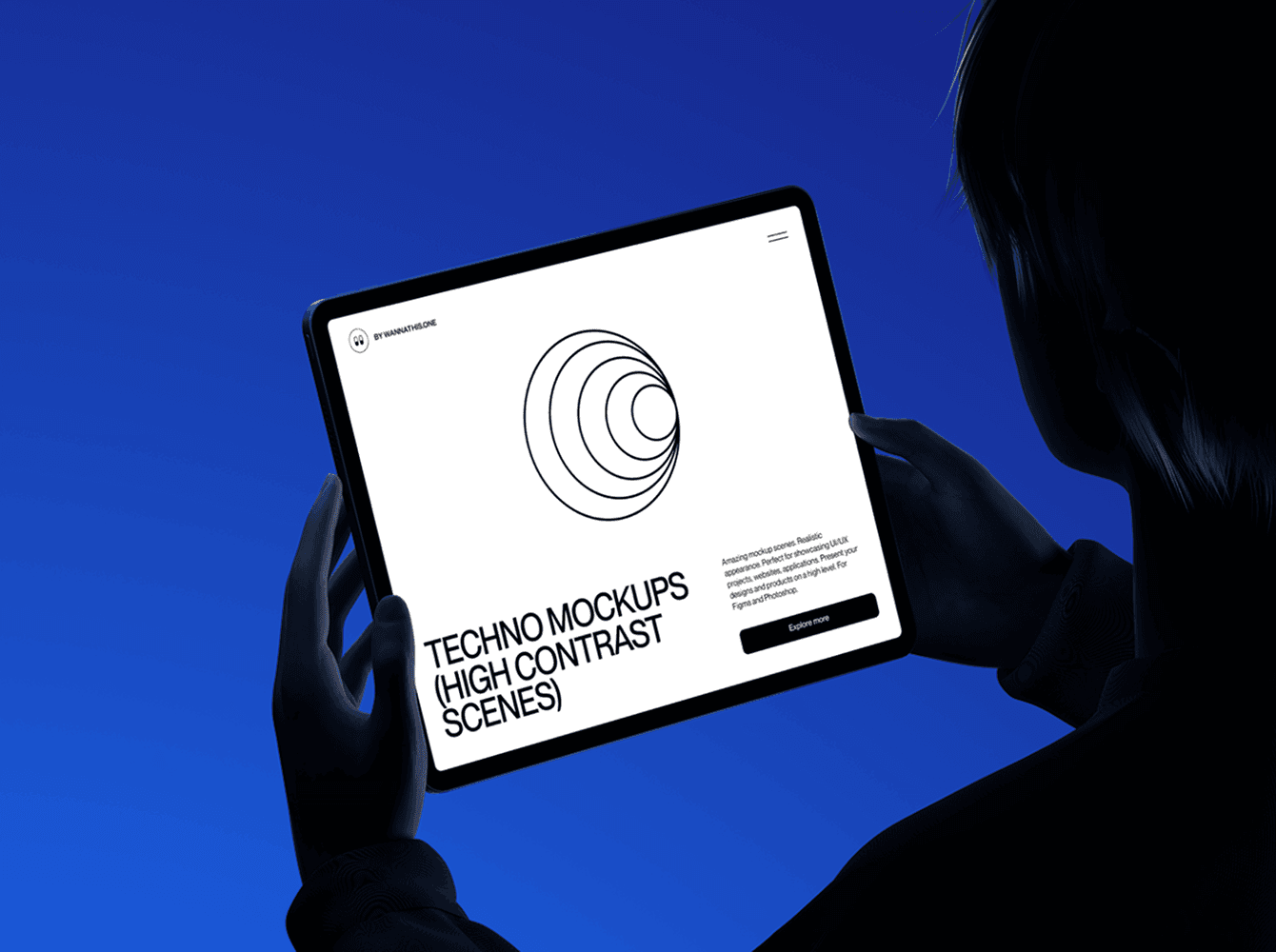
Silhouette Tablet mockup in Human Hands
3. The rise of presentation
With AI generating endless variations, the way you present your design has become more important than ever. Clients don’t just want to see a flat file - they want to picture how the idea could live in the real world. That’s where mockups step in.
A quick template might show the design, but a thoughtful mockup - with natural lighting, believable textures, and proportions that feel right - makes it feel complete. It shifts the conversation from abstract files to something people can immediately connect with.
We’ve actually written more about this in our article on the psychology of presentation - the idea that even small changes in context can completely shift how people value your work.
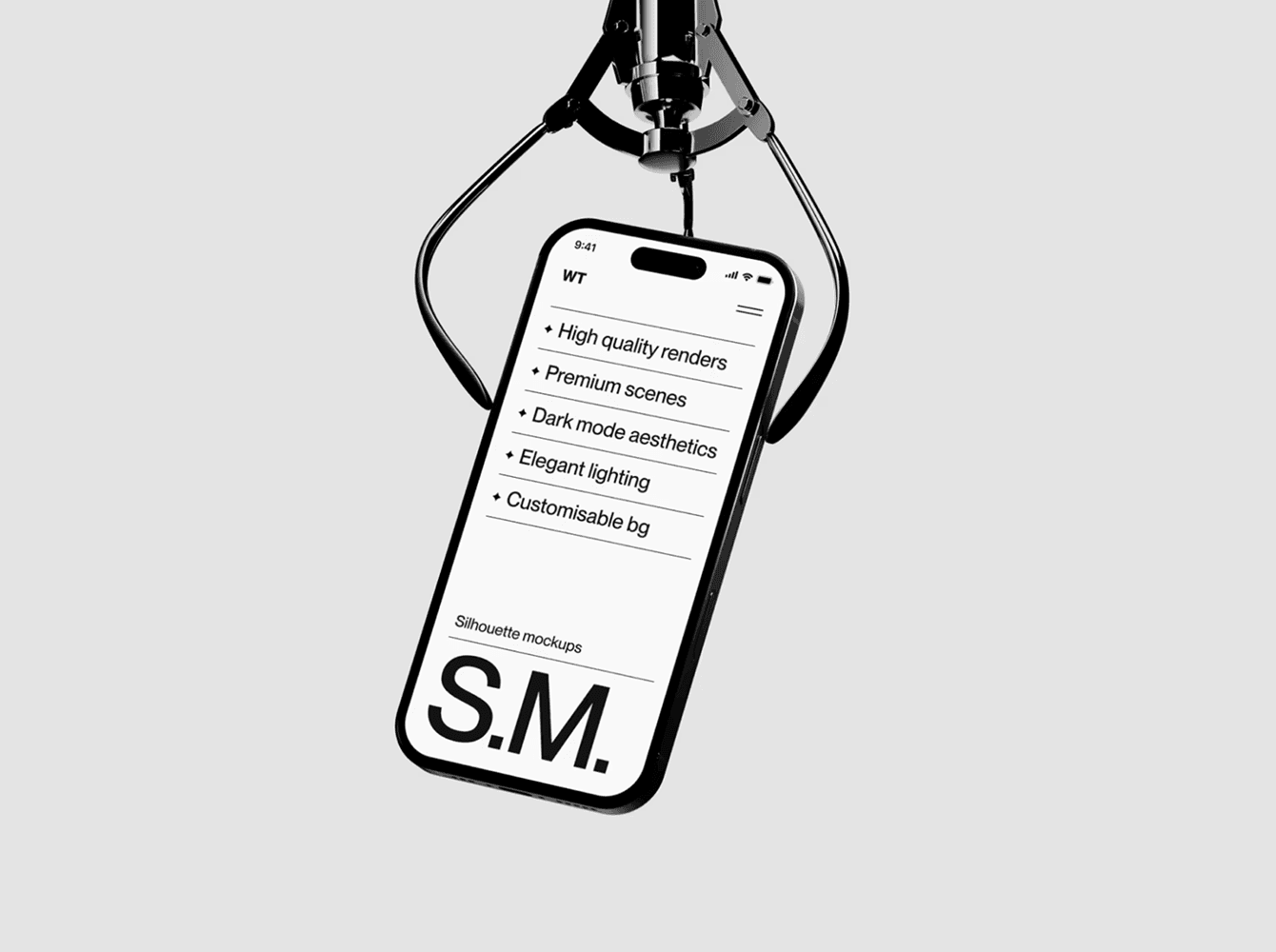
Hanging Phone Mockup with Cable
4. Mockups as part of the workflow
Mockups aren’t just the final polish anymore - they’ve become part of the process itself. They help turn rough ideas into something that feels clear and believable, bridging the gap between exploration and results.
And in a world where AI outputs can sometimes feel quick and generic, the human touch in mockups also makes a huge difference. A quality mockup built with handcrafted details - the way light falls, how surfaces feel, the sense of scale - gives the scene a genuine feel.
That’s also why, in our work at Wannathis, we put so much care into building mockups with those details. It’s this combination of craft and context that makes a design come across as intentional and easy to trust.
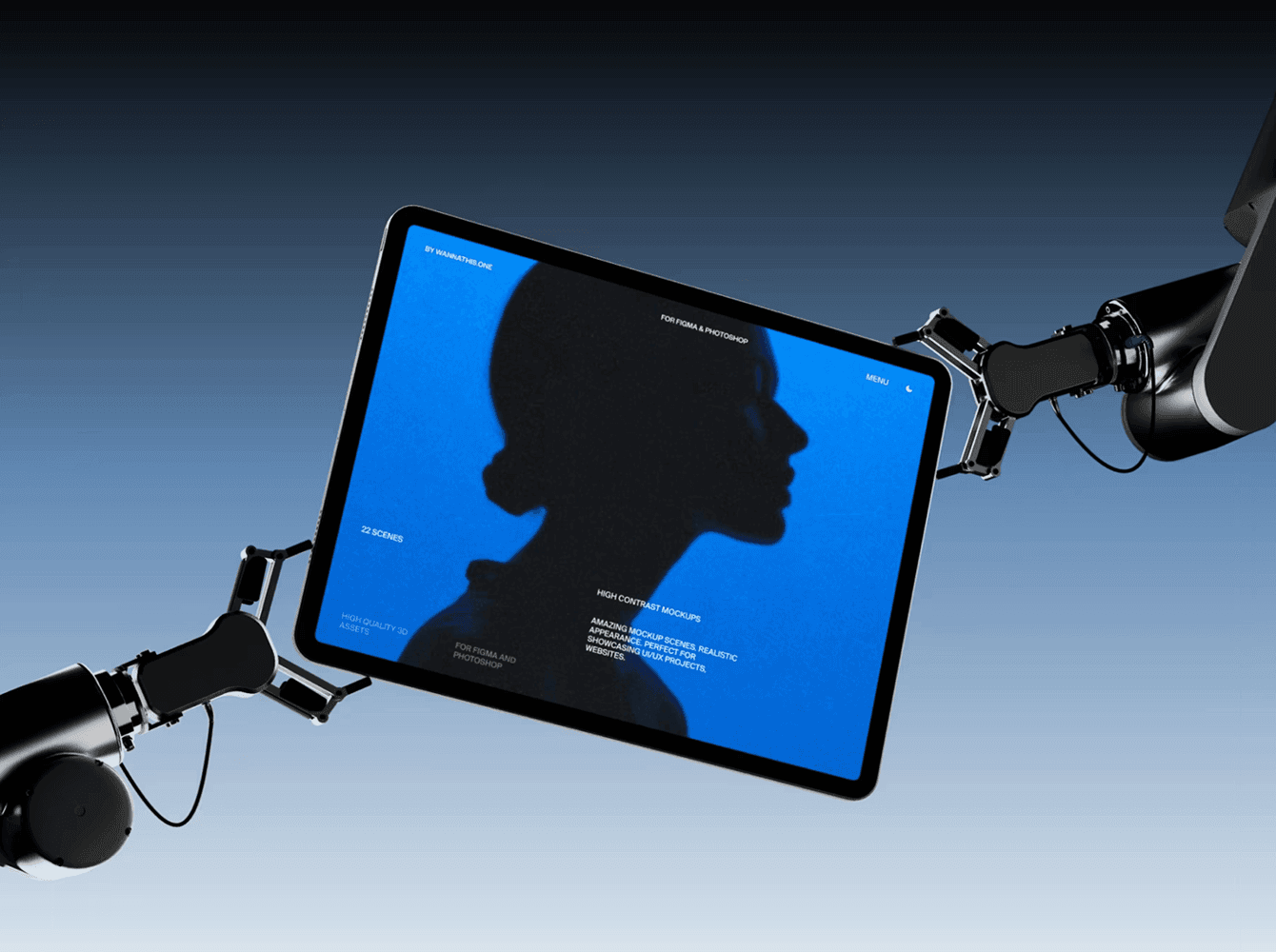
Tablet Mockup on Mechanical Arm
Wrap-Up
AI is definitely changing the way designers work, but the heart of the process hasn’t gone anywhere. It’s still about ideas, stories, and making visuals that connect with people. Tools evolve, but the need to present work clearly and with confidence stays the same.
And if you’re looking for inspiration or high-quality scenes to try out, you can explore the Wannathis mockup catalog - they’re built to give designs the kind of context that makes them feel real and ready.
















